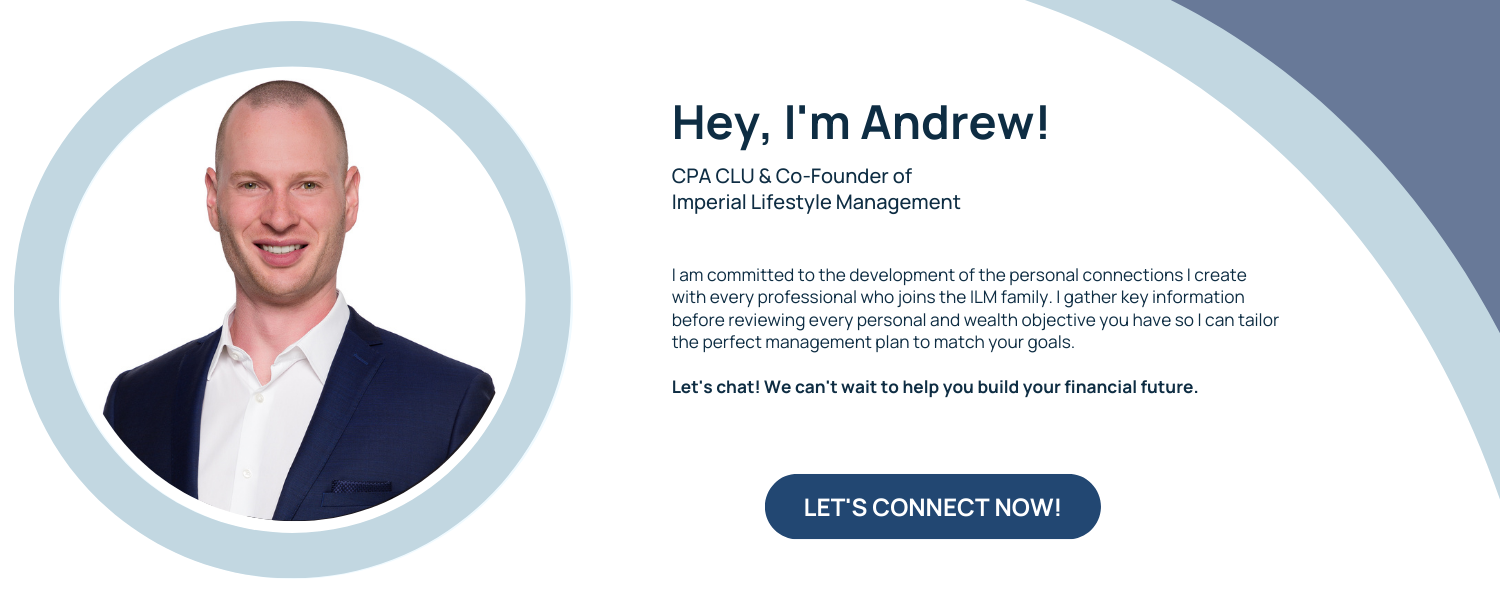
When you’re a first-time buyer, finding a home that you can afford can be difficult. As of 2019, the federal government allows home buyers to borrow up to $35,000 from their RRSPs to assist them in purchasing a home.
It’s critical to follow the repayment restrictions when borrowing money from your RRSP under the HBP, otherwise the withdrawals will be added back into your income. Start repaying your withdrawals in the second year after your initial withdrawal, but be sure you qualify first; as there are various requirements to complete.
What Is the Home Buyer’s Plan?
The HBP is a programme designed to help first-time house buyers finance their purchase, which is an excellent resource for medical professionals at any stage of their career. As we mentioned, you can borrow up to $35,000 from your RRSP under the HBP in a single tax year.
To be eligible for the HBP, you must meet the following requirements:
- As a first-time home buyer, you have a unique set of circumstances.
- A written agreement to buy or build a qualifying house for yourself or someone else should they have a disability.
- A plan to make your home your primary residence no later than one year after purchasing or constructing it.
- You must be a permanent resident of Canada.
- All RRSP withdrawals should be made in the same tax year.
A locked-in RRSP (i.e., from your prior employer’s pension plan) cannot be withdrawn. If you have previously participated in the HBP, your previous balance must be zero by January 1 of the following year.
Reimbursing Withdrawals from Home Buyers’ Plans
Starting two years after the withdrawal, you have 15 years to repay RRSP withdrawals made under the HBP. Repay one-fifteenth of the entire amount borrowed each tax year until your RRSPs are completely depleted. The yearly payout for a full withdrawal of $35,000 is $2,333.33.
HBP repayments are made using RRSP contributions in the year of repayment or 60 days later in the following tax year. You do have the option to choose whether or not to count all or part of your RRSP contribution toward repayment under the HBP after you’ve made it.
It’s important to note that you cannot pay for the HBP with contributions you make to a spousal RRSP account. This sum is referred to as the spouse’s fund. Similarly, contributions made by your spouse to your spousal RRSP account are not eligible. The only contributions that are eligible are those made to your personal RRSP account.
Fill out lines 24500 Schedule 7 to record the RRSP you have contributed or unused from prior years to identify your RRSP contributions as a payback under the HBP. Then, on line 24600, enter the amount you want to put toward your HBP payback. If you don’t assign the amount to the HBP in schedule 7, your RRSP contributions won’t count as a payback; the HBP amount will be added back as taxed income, and you’ll lose your RRSP capacity for good.
Should you want to speed up the process, you can make additional contributions each year to minimise the amount of future payments. If you don’t make a contribution in a given year, however, the amount of future payments does not rise. The missing payment will be shown as RRSP income on line 12900 of your tax return. Then there will be no changes to future payments.
Keeping an Eye on the Home Buyers’ Strategy
Every tax year, the CRA sends you a Home Buyers’ Plan Statement of Account along with your Notice of Assessment. This statement shows your total HBP withdrawals, how much you’ve paid back, your outstanding balance, and how much you can contribute to your RRSPs in the coming tax year to repay the debt.
While deciding whether or not to use RRSP funds is never simple, weighing the benefits and drawbacks of the Home Buyers’ plan will put you in a far better position to make an informed decision when you’re ready to purchase your first home.
Make an appointment with Imperial Lifestyle Management today to learn more about the Home Buyer’s Plan and to see whether it is a good option for you!




Stay In Touch